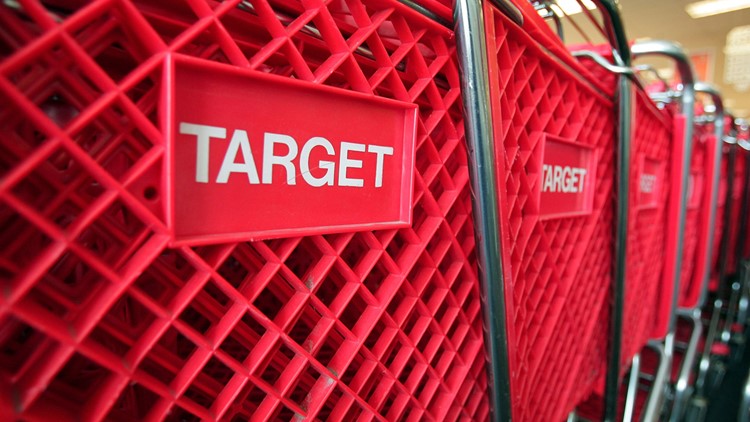Despite the rapid growth of online shopping, most customers plan to shop for their toys in person this holiday season, according to RetailMeNot.
The expert deal site found in a survey of 1,091 Americans over the age of 18 that 87 percent of respondents plan to shop in-store for holiday toy gifts. RetailMeNot said the average a parent plans to spend in holiday gifts for their child is $247 – a larger amount than they will be spending on their parents or significant others.
This holiday shopping season is significant as retailers will no longer have to compete with former toy giant Toys R Us, which closed all its stores earlier this year. Without the behemoth, retailers – traditional brick-and-mortar stores and newer online groups – are trying to get consumers' holiday toy dollars.
“With the loss of Toys R Us, there’s a void to fill," said Marissa DiBartolo, editor in chief of The Toy Insider, a toy review website. "I think every retailer is trying to grab a piece of that.”
Where consumers will be shopping
Toys R Us was, as its name implies, a major player in the toy market. The company raked in $11 billion in revenue in its last fiscal year.
Given this hole in the market, RetailMeNot wanted to find out where customers plan on shopping for toys, according to Michelle Skupin, the company's senior director of marketing and communications.
“We were curious about shoppers were going to do in the absence of Toys R Us in the marketplace," Skupin said.
The answer appears to lie in other retail giants. Seventy-seven percent of respondents who plan to shop in-person for toys said they will be going to big box stores, such as Target and Walmart. Meanwhile, 37 percent said they will be going to department stores for their toys, 25 percent at warehouse stores that require a membership and 15 percent at a local children’s shop.
Skupin said the amount of people planning to shop in stores for holiday toys is "not that surprising," as a strong majority of retail shopping still occurs within the brick-and-mortar shops.
As for why consumers prefer in-store shopping, Neil Saunders, managing director of retail consultancy GlobalData, said it is an "occasion" to shop with children. And for shoppers who either don't have children or aren't familiar with their preferences, Saunders said "it is probably good" for them to shop in person to inquire about toys, see what look like and ensure they are good fits to give as gifts.
The prevalence of printed toy catalogs
To attract customers, some retailers are using a tactic Sears popularized in the early 1900s: mailed gift catalogs in which toys and their prices are displayed.
One such company investing in toy catalogs is Target. Although Target has printed these catalogs for years – including 22 million copies this year distributed to homes and through stores – the company has re-introduced a new function on its mobile app that will allow customers to scan items from the catalog and shop from there, according to Target spokesperson Lee Henderson.
“We want to make sure there’s a seamless transition" between customers' online and in-store shopping experiences, Henderson said.
While Target is a familiar player in the toy catalog field, Amazon has released a toy catalog for the first time this year – combining its digital presence with an old-school print mechanism.
"Physical lookbooks will be delivered to millions of customers this November and limited quantities will be available in Amazon Bookstores and at Amazon 4-star locations in the SoHo neighborhood of NYC; Park Meadows in Lone Tree, Colorado; and Berkeley, California," an Amazon spokesperson said in a statement. "The catalog features some of our top picks."
Saunders said toy catalogs are a smart marketing move for retailers, as they help "reach customers who might not have toys on their mind all the time.”



